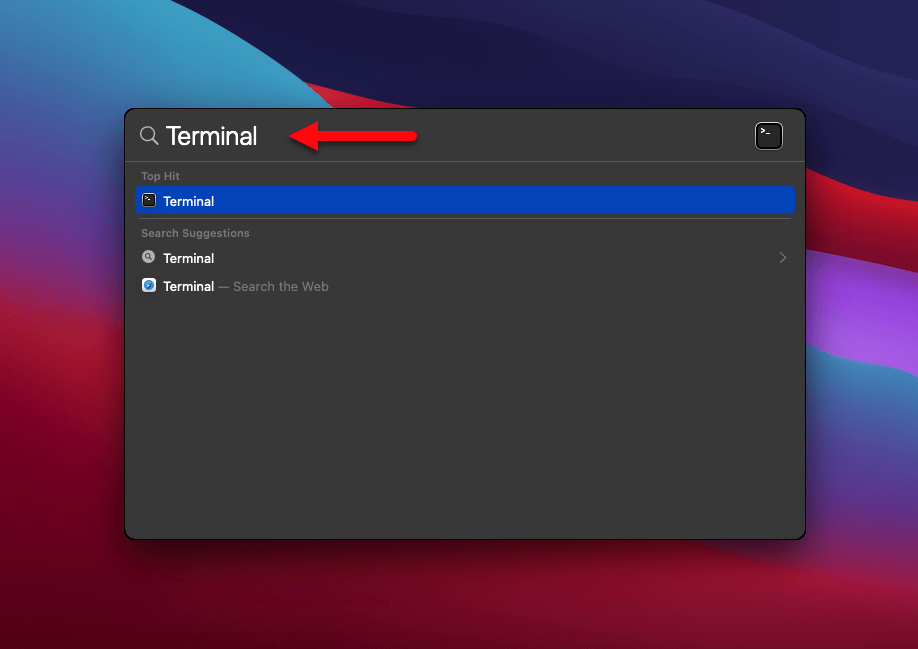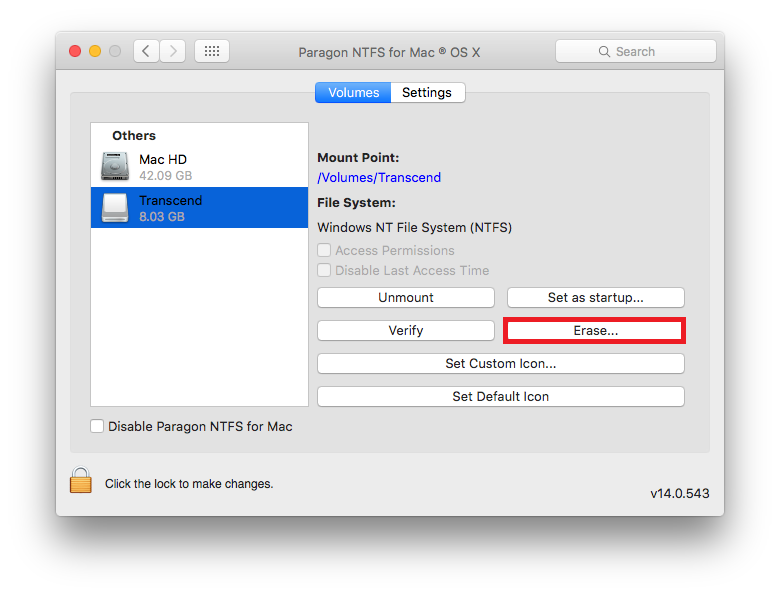

Step 6: Complete the bootable USB drive process If you are really, absolutely sure you want to wipe out your main disk, detach all external drives first and then you can use sudo dd if/dev/zero of/dev/disk0 bs65536 and leave it to run a few seconds. It will take a few minutes for the process to complete. Similar to Linux, you won’t see any asterisks or something to indicate that you have entered some keyboard input, but that’s the way Unix terminal behaves.Įven after you enter the password, you won’t see any immediate output and that’s normal. For me the command was like this: sudo dd if=~/Downloads/ of=/dev/rdisk2 bs=1mĪs we are running the above command with super user privileges (sudo), it will require you to enter the password. I hope you remember where you put the converted IMG file, in step 3. Here, we are using dd (copy and convert) to copy and convert input file (if) IMG to diskN. Use dd command in the following manner to create live USB: sudo dd if=/Path-to-IMG-DMG-file of=/dev/rdiskN bs=1m
Format mac disk terminal mac os#
Therefore, do remember the correct device number of your USB drive or else you might end up corrupting Mac OS X. We shall be using dd command which is a very powerful and must be used with caution. Step 5: Creating the bootable USB drive of Ubuntu in Mac OS XĪnd finally we come to the final step of creating the bootable USB drive. You can use the diskutil eraseDisk command to format a harddrive. Locate and note the name of the drive you want to format. This will provide a list of hard drives attached to the machine.


The result should be: Unmount of all volumes on disk2 was successful. Format hard drive through Terminal Navigate to Applications > Utilities and choose Terminal. So, in my case, the above command becomes: diskutil unmountDisk /dev/disk2 Where N is the device number for the USB you got previously. When you got the disk number, run the following command: diskutil unmountDisk /dev/diskN So for me, the command is like this: hdiutil convert -format UDRW -o ~/Downloads/ubuntu-14.10-desktop-amd64 ~/Downloads/ Normally the downloaded file should be in ~/Downloads directory.
Format mac disk terminal iso#
Open a terminal, either from Launchpad or from the Spotlight, and then use the following command to convert the ISO to IMG format: hdiutil convert -format UDRW -o ~/Path-to-IMG-file ~/Path-to-ISO-file This can be easily done using hdiutil command tool. The file you downloaded is in ISO format but we need it to be in IMG format. Ubuntu 14.04 is the latest LTS version, and this is what I would recommend to you.
Format mac disk terminal 64 Bit#
Since you are using a Macbook Air, I suggest you to download the 64 Bit version of whichever version you want. Jump to Ubuntu website to download your favorite Ubuntu desktop OS.

Of course, you need to download ISO image of Ubuntu desktop. Of course hit the Partition button to format the USB drive. It will give you a warning message about formatting the USB drive. If the Security Options button is not available, Disk Utility cannot perform a secure erase on the storage device.When all is set to go, just hit the Apply button. Secure erase options are available only for some types of storage devices. (Optional) If available, click Security Options, use the slider to choose how many times to write over the erased data, then click OK. If the Scheme pop-up menu isn’t available, make sure you selected the storage device you want to erase-it’s at the top of the hierarchy.Ĭlick the Format pop-up menu, then choose a file system format. Ĭlick the Scheme pop-up menu, then choose GUID Partition Map. In the sidebar, select the storage device you want to erase, then click the Erase button. If you want to erase any other type of storage device: Double-click Disk Utility in the /Applications/Utilities folder. Note: If you want to get your Mac ready to trade in, sell, or give away, and your computer is a Mac with Apple silicon or an Intel-based Mac with an Apple T2 Security Chip, use Erase Assistant.


 0 kommentar(er)
0 kommentar(er)
